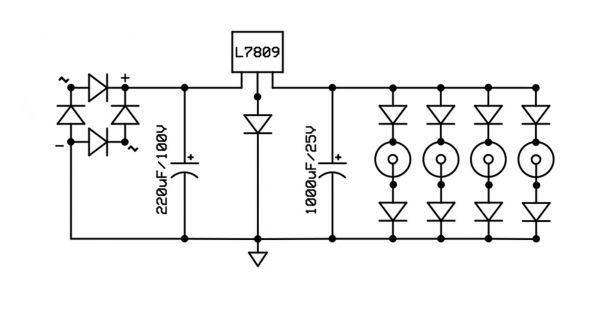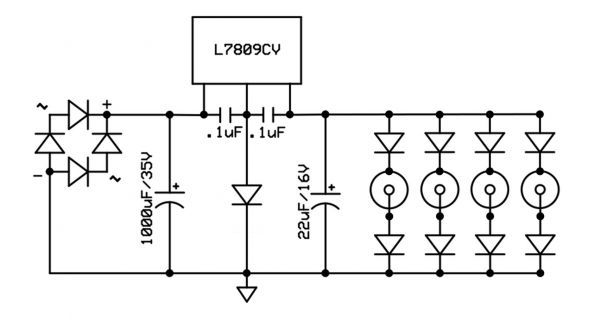I have posted this in the FX section and am posting it here because it's pretty urgent (and apologise for my impatience!)

Does this look kosher?... I'm hoping it'll eliminate ground loops more than anything but I have a 50VA toroidal with two 0-15V/1.67A secondaries and this is an illustration of what I plan to do with one or both of the secondaries.
Any comments... criticisms???
Many thanks for your help,
YR


Does this look kosher?... I'm hoping it'll eliminate ground loops more than anything but I have a 50VA toroidal with two 0-15V/1.67A secondaries and this is an illustration of what I plan to do with one or both of the secondaries.
Any comments... criticisms???
Many thanks for your help,
YR



Comment